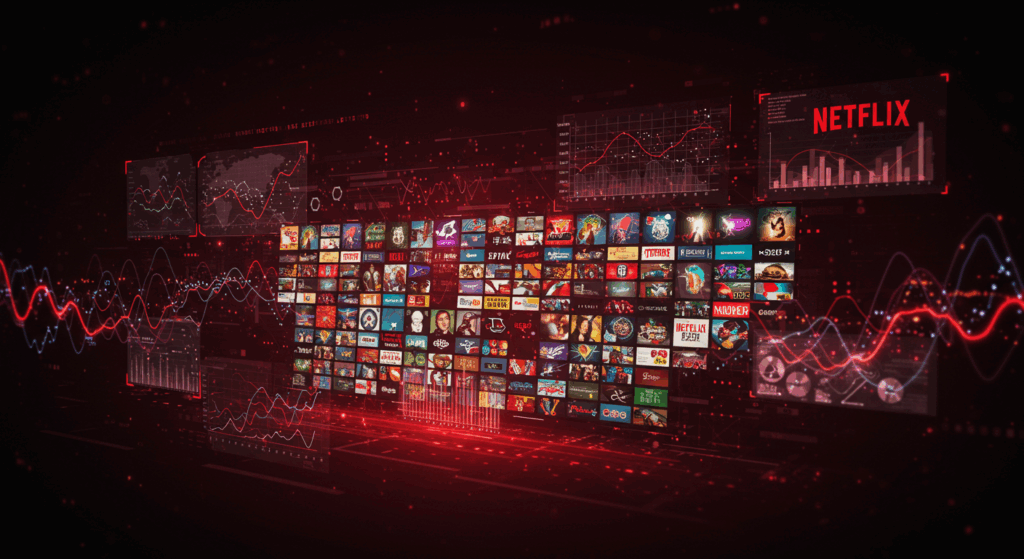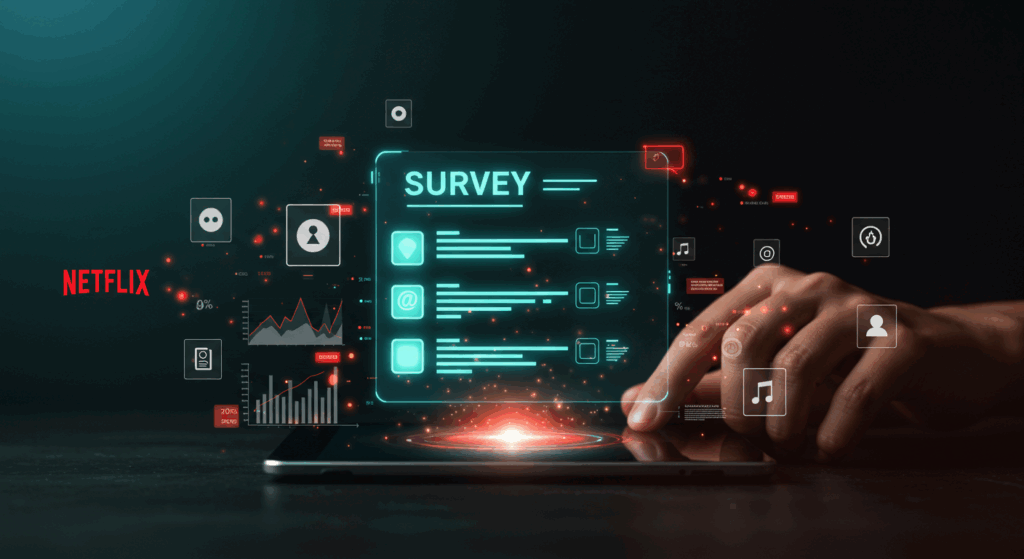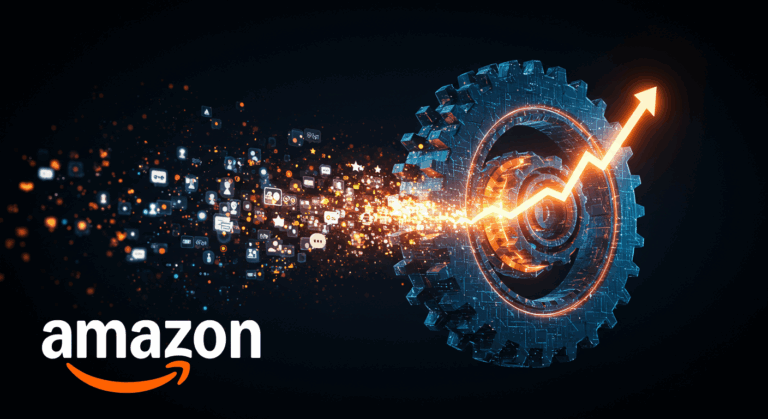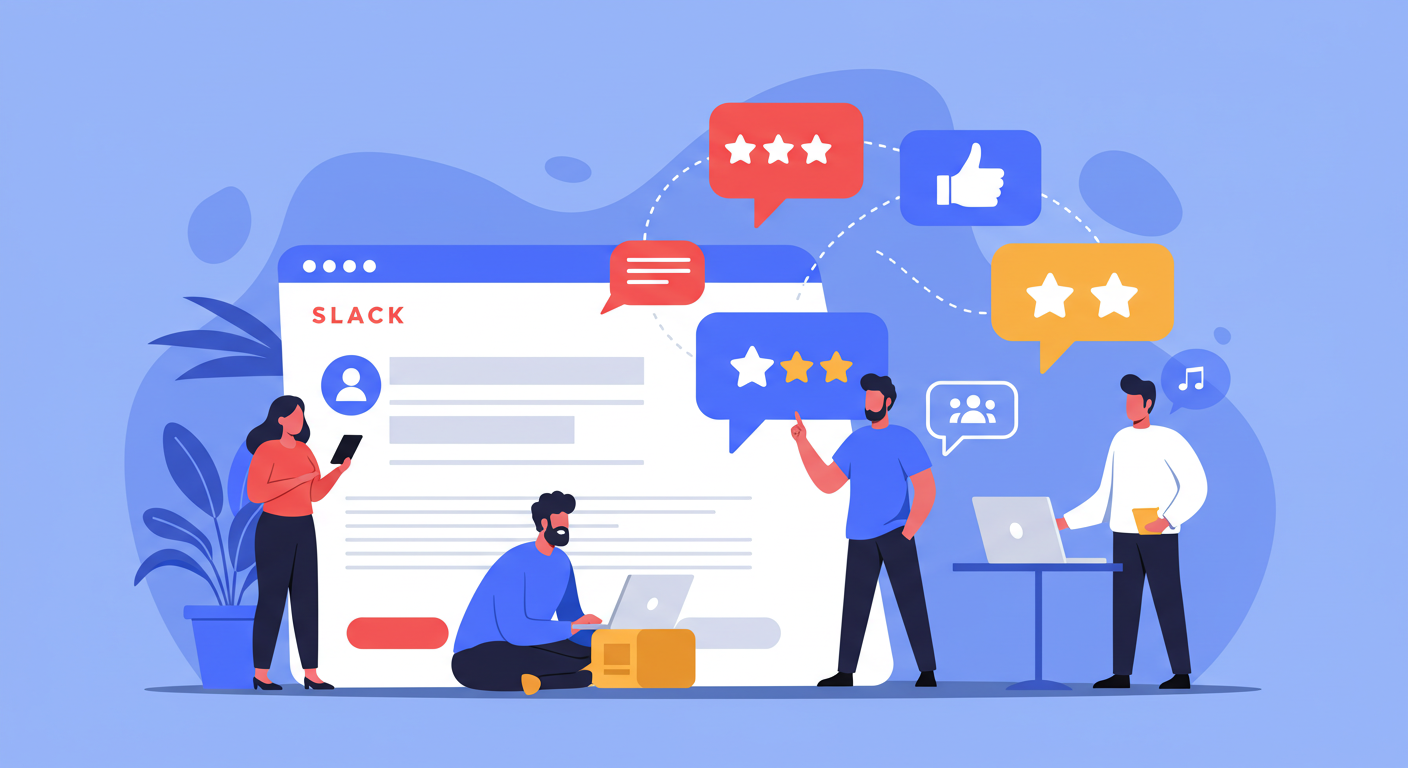
Discover how Netflix uses data analytics to create hit shows, personalize content, and dominate streaming with customer-centric innovation strategies.
Introduction: The $240 Billion Algorithm
What if you could predict with 80% accuracy whether a TV show would become a global phenomenon before filming a single scene? Netflix does exactly that, and it is worth $240 billion because of it.
In 2013, Netflix took a $100 million gamble on “House of Cards” without even watching a pilot episode. The result: their first original series became an instant hit, earning nine Emmy nominations and transforming Netflix from a DVD rental service into a content creation powerhouse. This was not luck; it was data science in action.
Today, we will dive deep into Netflix’s revolutionary data-driven content strategy, revealing how they leverage 233 million subscribers’ viewing habits to create binge-worthy content, personalize user experiences, and maintain their streaming dominance. Whether you are a content creator, marketer, or business strategist, you will discover actionable insights to apply Netflix’s customer-centric innovation principles to your own strategy.
The Foundation: Netflix’s Data Collection Empire
What Netflix Tracks (And Why It Matters)
Netflix collects approximately 1 billion hours of viewing data weekly, monitoring every micro-interaction on their platform:
- Viewing patterns: When you watch, pause, rewind, or abandon content
- Device preferences: Whether you are on mobile, smart TV, or laptop
- Search behavior: What you look for versus what you actually watch
- Engagement metrics: Completion rates, binge-watching patterns, and replay frequency
- Social signals: Shows you share or discuss (through integrated features)
“We know what people watch on Netflix and we’re able to understand how big the interest is going to be for a given show based on a lot of factors.” – Ted Sarandos, Netflix Co-CEO
This granular data collection creates what Netflix calls their “taste communities”: over 2,000 distinct viewer segments based on viewing preferences rather than traditional demographics.
The Technology Stack Behind the Magic
Netflix’s data infrastructure processes over 1 trillion events per day using:
- Apache Kafka for real-time data streaming
- Apache Spark for large-scale data processing
- Presto for interactive SQL queries
- Amazon S3 for data storage
- Custom machine learning algorithms for predictive analytics
Content Creation: From Data Points to Hit Shows
The House of Cards Formula
Netflix’s decision to produce “House of Cards” was not based on gut instinct. Their data revealed three crucial insights:
- Director David Fincher’s films performed exceptionally well on the platform
- Kevin Spacey movies had strong engagement metrics
- The British version of House of Cards had a dedicated viewership
By combining these data points, Netflix predicted with confidence that an American adaptation starring Spacey and directed by Fincher would succeed. They were right. The show attracted two million new U.S. subscribers in its first quarter alone.
The 70/20/10 Content Strategy
Netflix employs a strategic content allocation model:
- 70% Safe Bets: Content similar to proven successes
- 20% Emerging Trends: New genres showing growth potential
- 10% Wild Cards: Experimental content that could become breakout hits
This approach minimizes risk while allowing room for innovation. “Squid Game,” initially considered a wild card, became Netflix’s most-watched series ever with 142 million households viewing in its first four weeks.
Personalization: The Secret Sauce of Engagement
The Recommendation Algorithm
Netflix’s recommendation system drives 80% of content watched on the platform. Here is how it works:
The Multi-Armed Bandit Approach:
- Tests multiple content variations simultaneously
- Allocates more exposure to better-performing options
- Continuously learns and adapts based on user responses
Key Algorithm Components:
- Collaborative Filtering: Recommends based on similar users’ preferences
- Content-Based Filtering: Suggests similar shows to what you have watched
- Deep Learning Models: Predicts viewing likelihood using neural networks
- Contextual Factors: Considers time of day, device, and viewing history
Dynamic Thumbnail Optimization
Netflix does not just personalize what you see; it personalizes how you see it. The platform tests multiple thumbnail images for each title, showing different visuals based on your viewing history:
- Romance fans might see romantic scenes from an action movie
- Comedy enthusiasts get thumbnails featuring humorous moments
- Star followers see images of their favorite actors prominently
This A/B testing approach has increased click-through rates by up to 30% for certain titles.
Global Expansion Through Local Intelligence
The Localization Strategy
Netflix’s international success stems from understanding that “global” does not mean “one size fits all”:
Regional Content Investment:
- $500 million in Korean content (2021)
- $400 million in Indian content (2021)
- 17 production hubs worldwide
Success Stories:
- “Money Heist” (Spain) became the most-watched non-English series
- “Lupin” (France) reached 76 million households in its first month
- “Sacred Games” (India) opened doors to the massive Indian market
Cultural Intelligence Through Data
Netflix analyzes viewing patterns across regions to identify cross-cultural opportunities:
- Korean content viewership increased 200% globally in 2021
- Non-English content now represents 60% of global viewing
- Subtitle and dubbing preferences vary by region, and data drives localization decisions
Measuring Success: Netflix’s KPI Revolution
Beyond Traditional Metrics
Netflix revolutionized how streaming success is measured:
Traditional TV Metrics (What Netflix Ignores):
- Nielsen ratings
- Time slot performance
- Demographic breakdowns
Netflix’s Success Metrics:
- Completion Rate: Percentage of users who finish a series
- Effective Audience Size: Total hours viewed divided by runtime
- Stickiness Factor: How quickly users binge complete seasons
- 28-Day View Count: Accounts watching at least two minutes in the first 28 days
The “Netflix Effect” on Content Performance
Data shows that Netflix can resurrect “failed” content:
- “You” increased viewership by 900% after moving from Lifetime to Netflix
- “Arrested Development” gained new life through Netflix’s recommendation engine
- “Cobra Kai” found massive success after YouTube Red cancellation
Actionable Takeaways for Your Business
1. Build Your Data Foundation
- Start collecting behavioral data, not just demographic information
- Focus on engagement metrics over vanity metrics
- Invest in data infrastructure before scaling
2. Test Everything Continuously
- Implement A/B testing for content presentation
- Use multivariate testing for complex decisions
- Create feedback loops between data and creative teams
3. Personalize at Scale
- Segment audiences by behavior, not demographics
- Customize user experiences based on preferences
- Use machine learning to predict user needs
4. Balance Data with Creativity
- Use data to inform, not dictate, creative decisions
- Leave room for experimentation (remember the 10% rule)
- Combine quantitative insights with qualitative research
Frequently Asked Questions
How does Netflix decide which shows to cancel?
Netflix typically evaluates shows based on their “efficiency score”: the cost per viewing hour compared to audience growth and retention impact. Shows are generally renewed if they maintain strong completion rates and drive new subscriptions relative to their production costs.
What percentage of Netflix content is original vs. licensed?
As of 2023, approximately 50% of Netflix’s U.S. catalog consists of original content, with this percentage growing annually as licensing deals expire and original production increases.
How accurate are Netflix’s viewing predictions?
Netflix claims their recommendation algorithm has an accuracy rate of about 80% for predicting whether users will enjoy suggested content, based on their historical viewing data and preference patterns.
Does Netflix share its data with content creators?
Netflix provides limited data to creators, typically sharing overall performance metrics and demographic breakdowns but not granular user-level data or detailed analytics.
Conclusion: The Future of Data-Driven Entertainment
Netflix’s data-driven content strategy has fundamentally transformed entertainment, proving that customer-centric innovation is not just about giving people what they want but about discovering what they will want next. By combining massive data collection with creative risk-taking, Netflix has created a blueprint for digital success that extends far beyond streaming.
The key lesson: data should not replace creativity; it should amplify it. Whether you are creating content, products, or services, Netflix’s approach shows that understanding your audience at a granular level while maintaining room for innovation is the path to sustainable growth.
As streaming competition intensifies and viewer expectations evolve, Netflix’s data-driven approach will continue to evolve. The question is not whether to embrace data-driven decision-making, but how quickly you can implement it in your own strategy.
What aspects of Netflix’s data strategy could you apply to your business today? Share your thoughts in the comments below and let us discuss how data-driven insights can transform your industry.
Ready to Understand Your Audience Like Netflix?

Want to gather powerful insights about your audience’s preferences and behaviors? SurveyHeart makes it incredibly easy to create engaging forms, quizzes, and feedback surveys that help you collect the data you need to make informed decisions. Just like Netflix uses data to create hit shows, you can use SurveyHeart to understand what your customers really want.
Start building your data-driven strategy today with our intuitive, no-code survey platform. Try SurveyHeart free and discover what your audience is really thinking.
External Authority Sources:



